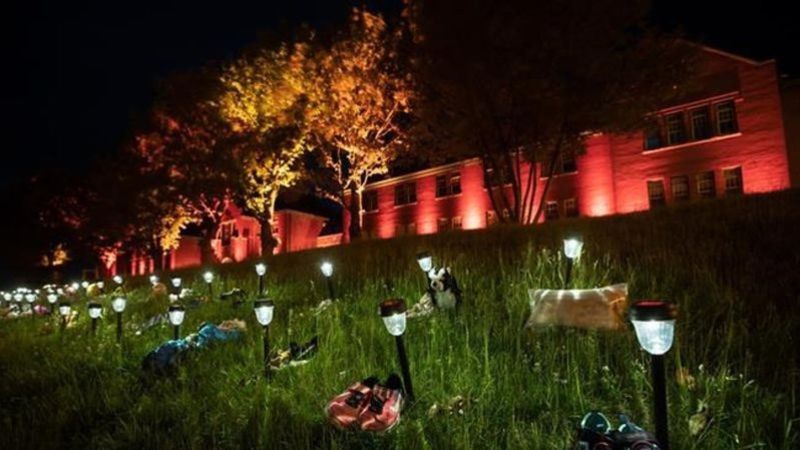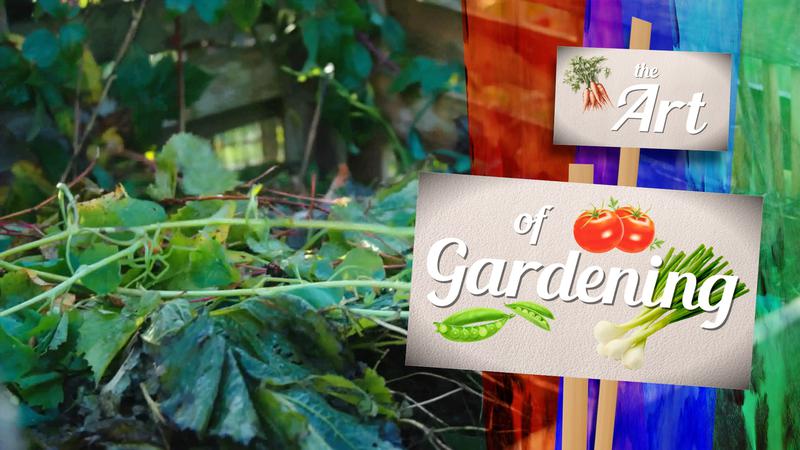
ROTHENBURGER: Canadians are getting the message about Truth and Reconciliation
ACTION, NOT JUST WORDS. We hear that a lot these days in any discussion of reconciliation, and it undoubtedly was spoken many times yesterday, for it was National Truth and Reconciliation Day.
The event received a lot more attention in the media than the first time it was marked last year. On radio and TV and newspapers, it was covered from every angle.
Across the country ceremonies were held, speeches were given, and pleas made not to make truth and reconciliation a one-day-a-year proposition. Calls to action are a good thing, for they look to the future. It’s also good to take stock of where we’ve been in order to figure out where we’re going.
Fact is, we aren’t there yet, but we’re making progress. Two and a half years ago, I recapped some of that progress. Let’s look at where we were at then, and where we’re at now. In 2020, we had gone through the Truth and Reconciliation Commission and the National Inquiry into Missing and Murdered Indigenous Women and Girls, and had adopted the United Nations Declaration on Indigenous Rights.


